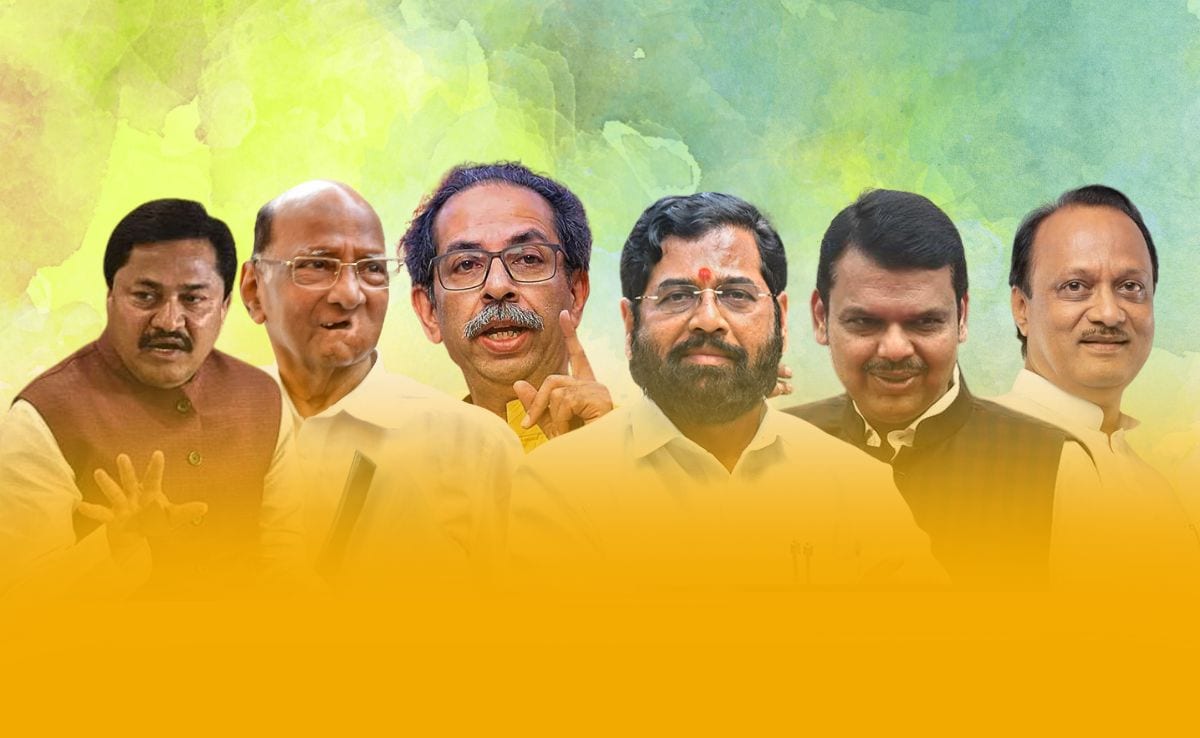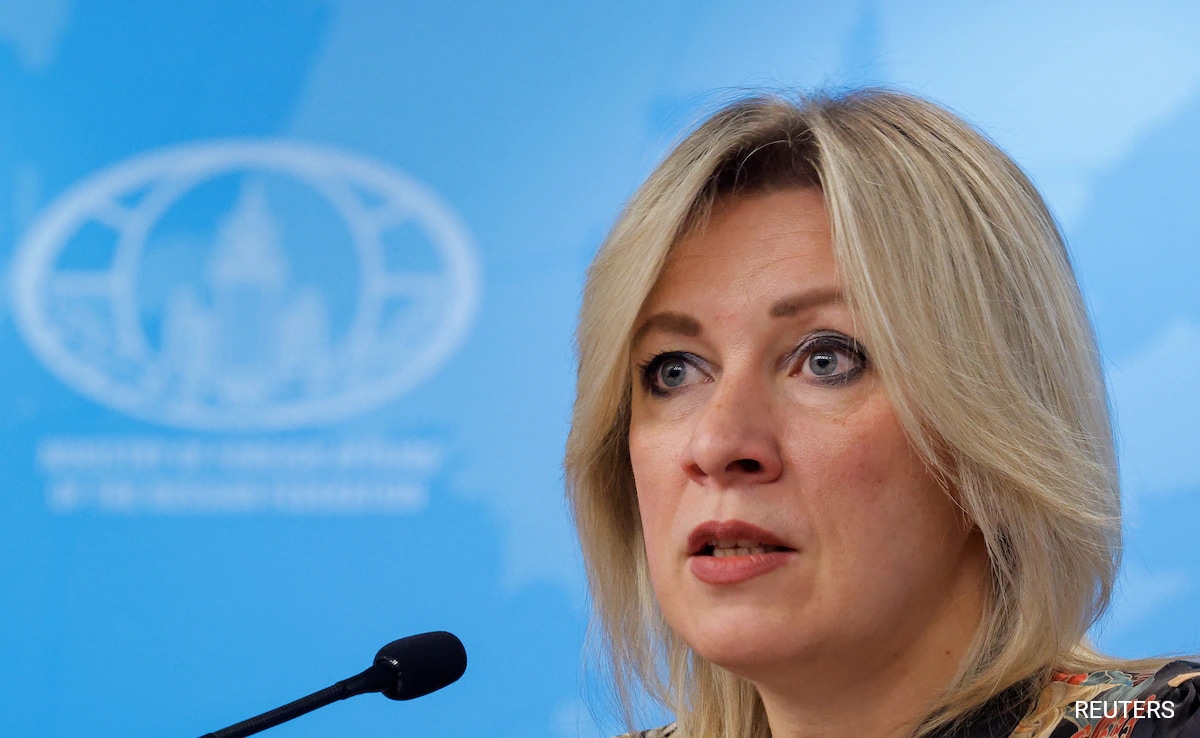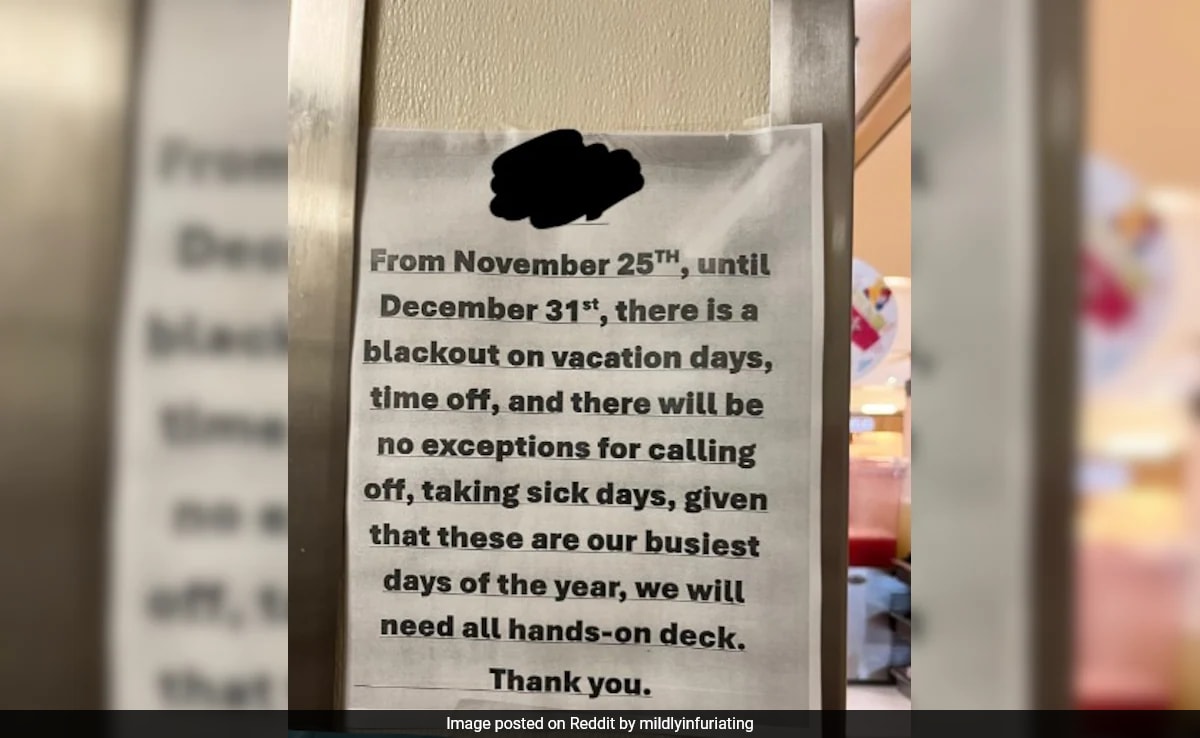Iran has launched missiles and drones at Israel as a retaliatory strike for a Israeli strike on a Syrian diplomatic complex. Now, all eyes are on Ayatollah Ali Khamenei, the Supreme Leader of Iran.
Soon after Israeli strike targeted Iran’s embassy in Damascus on April 1, Ayatollah Ali Khamenei had warned that Israel “must be punished and will be punished”.
Ayatollah Ali Khamenei has been the most influential leader in the country since 1989. He is the commander-in-chief and the head of state, overseeing the morality police and the national police. Ali Khamenei also administers the Islamic Revolution Guard Corps (IRGC), which is in charge of internal security, and its volunteer branch, the Basij Resistance Force.
Here are some facts about Ayatollah Ali Khamenei:
1. Ali Khamenei was born on July 16, 1939, in Mashhad, a Khorasan province. He was the second child of Islamic scholar Sayyed Javad Khamenei, who taught his family members to lead a life of simplicity.
2. Ali Khamenei Khamenei continued his education at the theological seminary in Mashhad following this elementary school education. In the remarkable period of five years, he studied every subject covered in the “intermediate level” curriculum, including logic, philosophy, and Islamic law.
3. Beginning his studies in advanced religion at Qom, Ali Khamenei grew up under the guidance of some of the most well-known Shiſi professors such as Ruhollah Khomeini. In the 1960s and 1970s, he was detained multiple times and imprisoned for many years, during which he was allegedly subjected to torture by the Savak secret police.
4. After being set free, he began teaching Islamic philosophy, the Prophetic Traditions, and the interpretations of the Holy Quran in Mashhad and Tehran. The revolutionary Iranian youth appreciated these lessons.
5. After a brief stint as the defense minister, Ali Khamenei acted as the supervisor of the Revolutionary Guards. He was the victim of an attempted murder attack in 1981 that left his right arm paralysed.
6. Upon the urging of revolutionary elites, Ali Khamenei ran for the presidential elections in 1981. He served as the president of Iran from 1981 to 1989, during which the Iran-Iraq war gained prominence.
7. Since 1989, Ali Khamenei has held the position of Iran’s supreme leader, marking him as the Middle East’s second longest-serving autocrat, following Sultan Qaboos of Oman. Additionally, he ranks as the second longest-serving Iranian leader of the past century, trailing behind Shah Mohammed Reza Pahlavi.
8. In his role as supreme leader, Khamenei wields constitutional authority over the judiciary, the armed forces as well as the elite Revolutionary Guards, and the state-controlled media.














